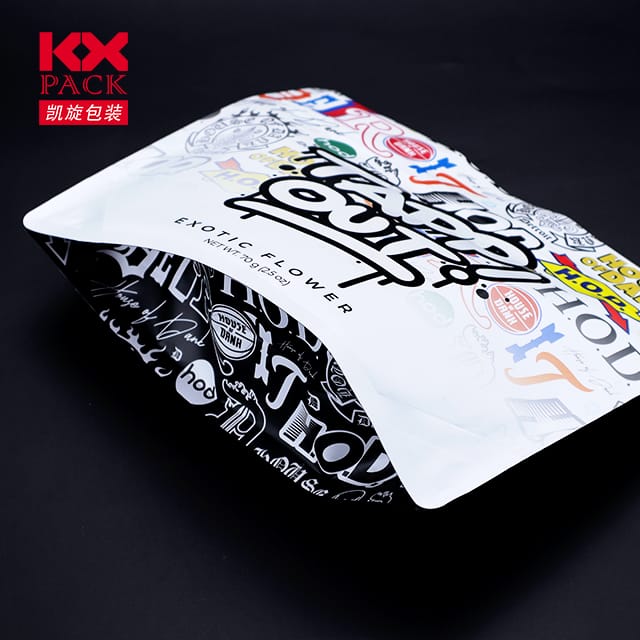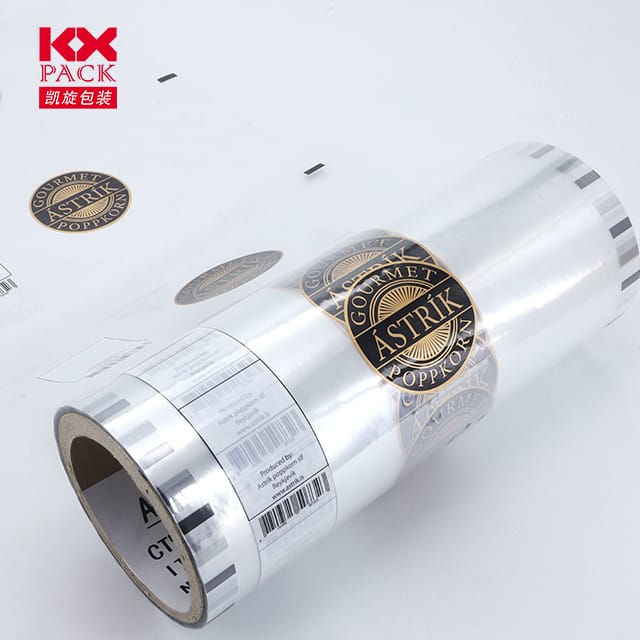現代産業における印刷フィルムの進化と永続的な関連性
印刷フィルム
導入
進化し続ける印刷技術の世界, デジタルソリューションがヘッドラインを支配する場所, 謙虚な印刷フィルム 数え切れないほどの高品質製品の陰で静かに主力として活躍し続けている. 活気のあるパッケージデザインから複雑な産業用ラベルまで, 印刷フィルムは、デジタルの創造性と有形の出力の間の重要な架け橋として機能します. この記事では、その種類を探ります, アプリケーション, そしてなぜテクノロジーの変化の中でも繁栄し続けるのか.
1. 印刷フィルムの種類を紐解く
印刷フィルムは特定の印刷方法と基材に合わせて設計されています, それぞれにユニークな特徴がある:
- フレキソフィルム: 軟包装に最適 (例えば。, スナックバッグ, ポーチ), これらのフィルムは高速印刷性と耐久性を備えています。.
- グラビア映画: 雑誌の表紙など大量の用途に使用されます。, 優れたディテールと色の一貫性を提供します.
- スクリーン印刷用フィルム: テキスタイルに最適, セラミックス, そして販促品, 濃いインクや凹凸のある表面の処理に優れています。.
- オフセットリソフィルム: 高解像度の商業印刷物として依然として好まれています, 紙やボール紙の精度を保証します.
のような革新水洗い可能 そしてエコ溶剤 映画は現在、持続可能性の問題に取り組んでいます, プリプレスプロセスにおける化学廃棄物の削減.
2. 産業を形作る主要なアプリケーション
印刷フィルムの多用途性が多様な分野を推進:
- 包装: 食品ラベルから高級化粧品まで, フィルムにより汚れにくい設計と長期保存が可能になります.
- テキスタイル: 熱転写フィルムによりアパレルに鮮やかな模様を実現, 衣服に直接 (DTG) フィルムは小ロットのカスタマイズに対応します.
- 産業 & 安全性: 耐久性のあるフィルムで耐候性の看板を作成, 自動車用デカール, および安全ラベル.
- エレクトロニクス: 特殊フィルムにより、PCB やフレキシブル ディスプレイ用の導電回路の印刷が容易になります.
3. デジタル革命: 敵か味方か?
デジタル印刷により、一部のワークフローでは物理的なフィルムが不要になりますが、, 伝統的な印刷フィルムは今でも使われています:
- ハイブリッド ワークフロー: 多くの印刷業者は、色校正と製版のためにデジタル デザインとアナログ フィルムを組み合わせています。.
- テクスチャード基板: フィルムはキャンバスや段ボールなどの凹凸のある素材によく馴染みます。.
- コスト効率: ロングラン用, フィルムを使用したアナログ印刷はデジタル代替品よりも依然として経済的です.
4. 持続可能性: 未来のフロンティア
業界はより環境に優しい実践に向けて舵を切っています:
- 生分解性フィルム: PLAまたはセルロース製, これらは使用後の環境への影響を軽減します.
- リサイクル可能な材料: 標準リサイクルの流れに適合したフィルムにより、埋め立て廃棄物を最小限に抑えます.
- エネルギー効率の高いプロセス: 水性インクと UV-LED 硬化システムによりエネルギー消費を削減.
結論
フィルムの印刷は 3D 印刷や AI のように見出しをつかめないかもしれない, しかし、印刷革新における基礎ツールとしてのその役割はかけがえのないものです. 業界がデジタルの俊敏性と従来の信頼性のバランスを取る中で, 印刷フィルムは進化し続ける、より静かに, 多分, しかし、同様に重要な. 創造性と実用性の融合を求めるビジネス向け, この印刷技術の隠れた英雄を理解することが、依然として高品質を実現する鍵となります, 持続可能な, 視覚的に素晴らしい結果が得られます.
#印刷フィルム #プリントテクノロジー #持続可能な印刷






